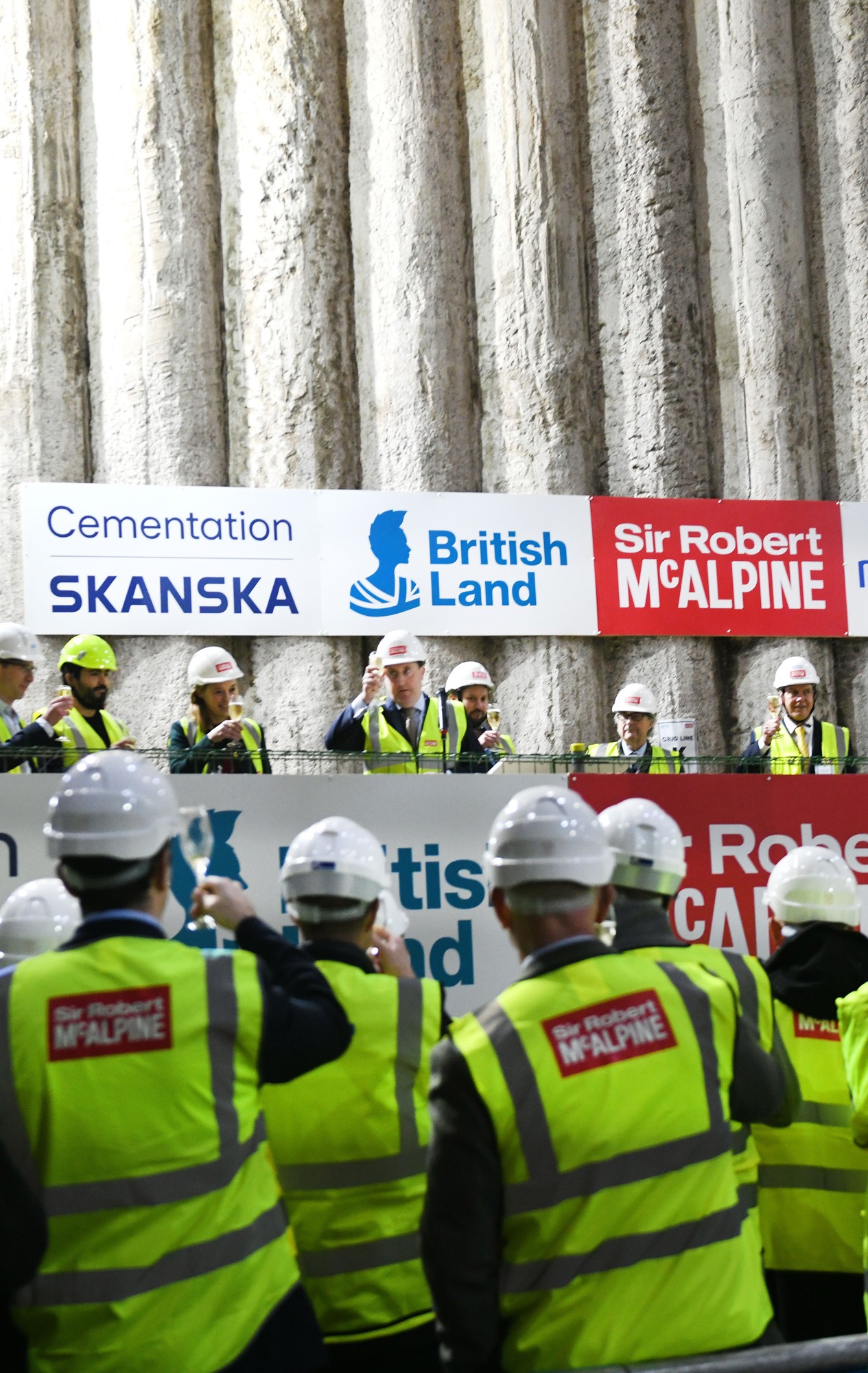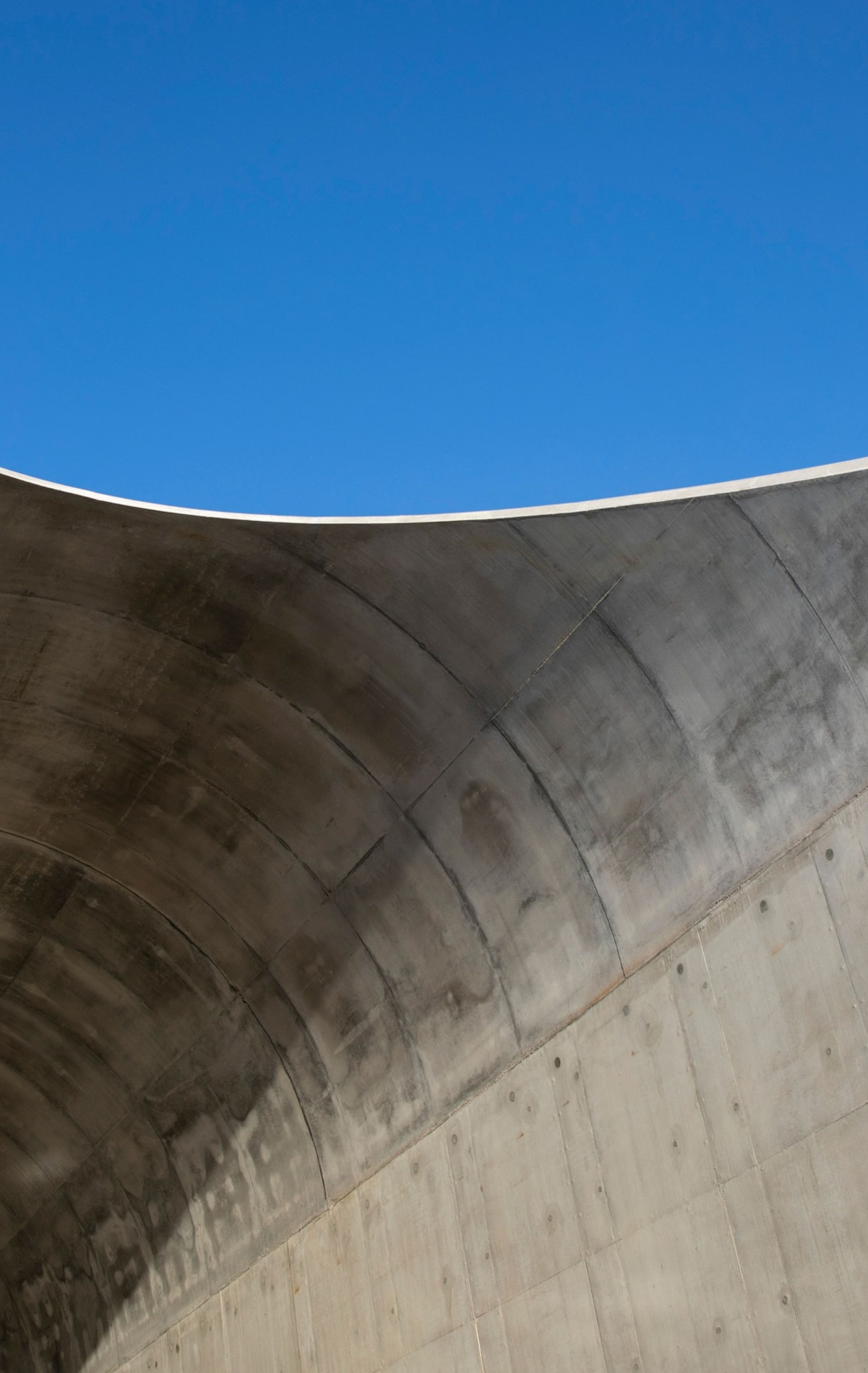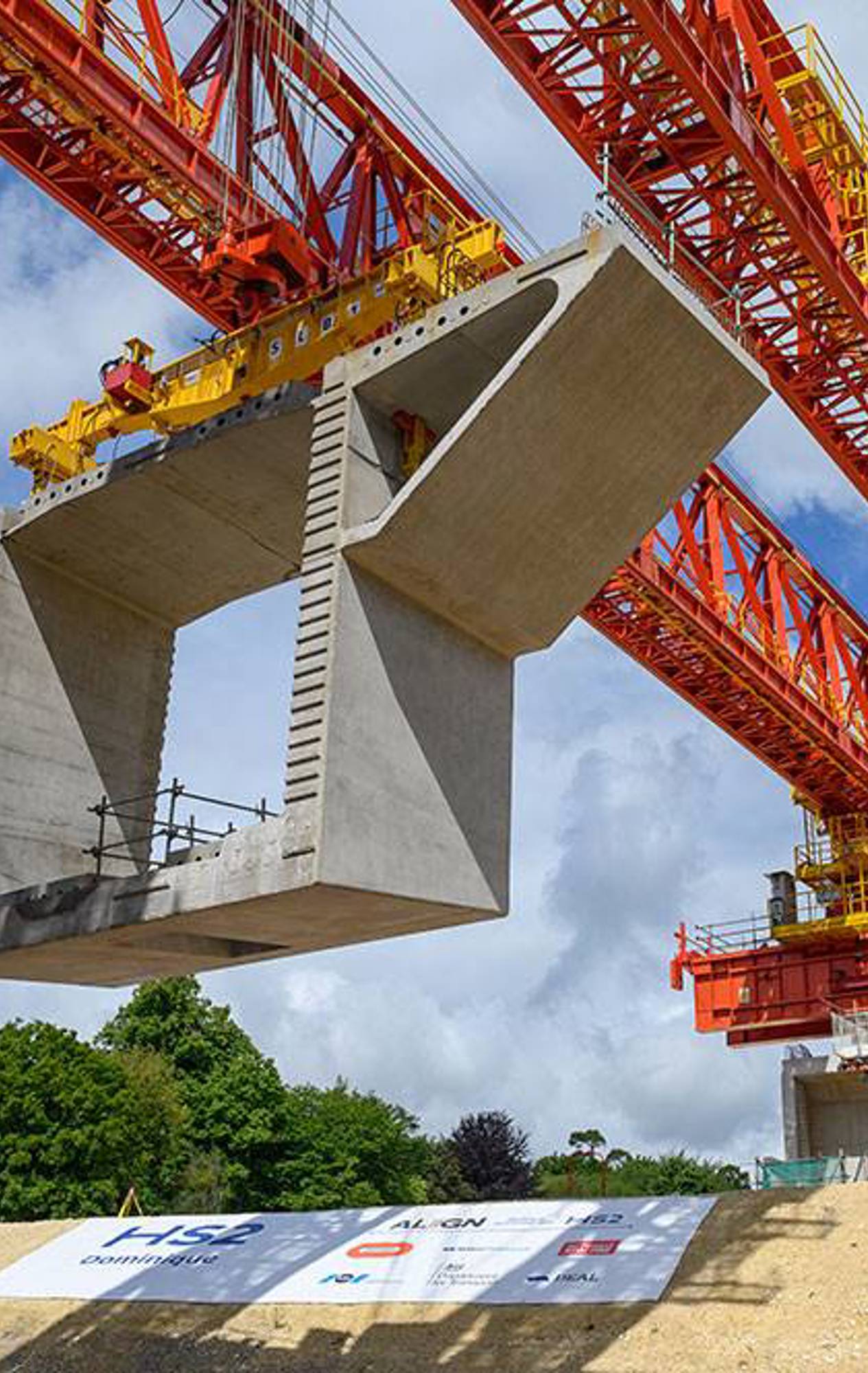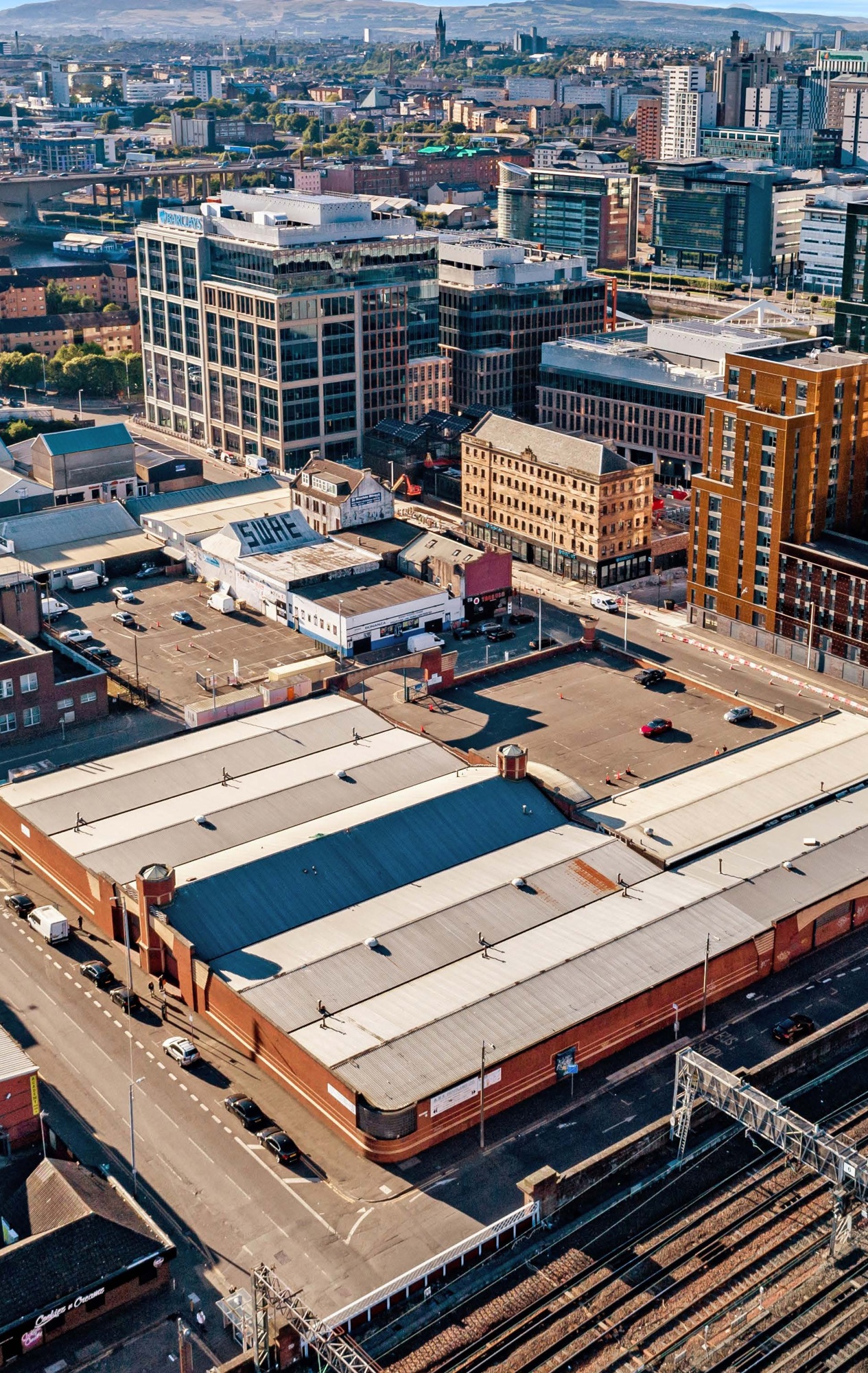Capital Ventures
We are entrepreneurial developers and placemakers who create long-term value for people, places and projects.
Read excerpts from Sir Andrew McAlpine’s keynote address on the country’s sustainability journey, given at UKBCSD’s Beyond Net Zero Pavilion during UKREiiF 2023
After welcoming the crowd of delegates, Sir Andrew started by reminiscing about his forefather Robert McAlpine, who founded the company in 1869, and shared a story that speaks volumes about the values that have shaped the business ever since.
 “One day Robert attended an interview for a new factory building. The employer was keen to understand why his tender was vastly cheaper than his competitors.
“One day Robert attended an interview for a new factory building. The employer was keen to understand why his tender was vastly cheaper than his competitors.
'How did you get here this morning?' Robert asked.
'We came by carriage,' They replied.
'What did you see on your way?' The contractor questioned again.
'Some old tumbledown buildings. What possible use are they and why do you ask ?'
'What you saw and failed to recognise was an old brickworks. I shall restore them and I will then excavate the clay from your site, use it to make bricks in the works and use the bricks to build your factory - that is why my tender is the price it is.'
This could be one of the first examples of ESG in our company’s history and that was over 120 years ago. Everyone benefited. The client got his building cheaper and quicker than expected. Robert received the contract and made a decent return. No-one had to import material from far away, so the logistics were massively simplified.”
Getting back to the general industry, Sir Andrew then tackled the new build vs refurbishment debate, the topic of repurposing buildings and the impact this would have as the need to decarbonise construction operations is becoming increasingly urgent:
“The inevitable reduction in ‘new build’ on the surface doesn’t appear to bode too well for a traditional construction business but, given the numerous advances being made by our supplier partners to produce concrete with a lower embodied carbon content and with trials to lower cement content & introduce aggregate replacements, as well as incorporating new materials such as graphene, there is a future. To that end our SRM Technical Services Department can advise you on the subject and other areas of our sustainability strategy, be it as part of a build or as independent consultants while schemes are evaluated.”
Sir Andrew then went on to add:
“The 'blame culture' must be put to the back of the class if we’re to achieve successful outcomes in the future. Anyone who owns a building that was put together by others decades ago, and demands a guarantee from a contractor today, is really operating beyond the bounds of moral decency.
New creative solutions need to be found. From talking to fellow industry participants in the materials testing and insurance worlds, we quickly concluded we could collectively provide building owners with 'an avenue of opportunity' to explore alternative ‘insurance backed’ guarantees without the need to burden construction industry players unfairly. We really do need to work together across all sectors to find ways of re-utilising and modernising old stock.”
After sharing details of a successful refurbishment project that he managed in Leeds 25 years ago, Sir Andrew touched on the Heritage sector.
“One area of activity we’ve found to be on the rise is the Heritage sector. Despite the obvious examples such as Elizabeth Tower (which houses Big Ben), we have now delivered a number of old buildings that we have re-purposed by extending upward or downward on the same building plot. The Inner Temple and the Westbury Hotel are prime examples - extending upward on the former & down below on the latter.”
Nurturing sustainable relationships, Sir Andrew insisted, is at the heart of success:
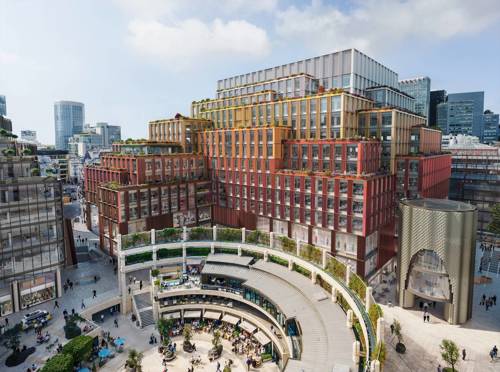 “Long-term relationship between building owner and contractor again is a key-factor in achieving a sustainably justifiable end. I cite a recent visit to Broadgate where we were given an in-house presentation as to what was going on. The audience included ‘out of town’ clients as well consultants and agents – that, in itself, an enlightened view of our hosts that would never have happened in the past. What initially impressed the group was how well fitted out the site offices were - there were even carpets on the floor! Further clarification emerged that all the furniture & fittings (from the tenants who were vacating the building that we were about to demolish) were given an afterlife rather than head for the tip only to be replaced by new 'one job wonders' as had been earlier included in the cost plan.
“Long-term relationship between building owner and contractor again is a key-factor in achieving a sustainably justifiable end. I cite a recent visit to Broadgate where we were given an in-house presentation as to what was going on. The audience included ‘out of town’ clients as well consultants and agents – that, in itself, an enlightened view of our hosts that would never have happened in the past. What initially impressed the group was how well fitted out the site offices were - there were even carpets on the floor! Further clarification emerged that all the furniture & fittings (from the tenants who were vacating the building that we were about to demolish) were given an afterlife rather than head for the tip only to be replaced by new 'one job wonders' as had been earlier included in the cost plan.
The benefits extended beyond the financial directly to the workforce who felt the welfare conditions were well beyond what was normally expected.
Elsewhere on the site 200 tonnes of Granite Façade was converted into terrazzo. 32,000 raised access floor tiles were retrieved & redeployed. 3,000 tonnes of demolition arisings became the piling mat. 140 tonnes of structural steelwork following assessment & testing and re-used elsewhere. 200 chairs & 168 doors also found homes alongside the aforementioned carpet tiles.
This was impressive but was a follow-on from the 100 Liverpool Street scheme where 49% of the founds and slab were retained along with 33% of the frame. These items alone saved 7,521 tonnes of carbon, enough to power 2,607 average size homes for a year.”
Finally, Sir Andrew looked at the long-term, sustainability options to consider for new developments:
“Wearing my Sir Robert McAlpine Capital Ventures (property) hat, I’m a great fan of 'whole life costing' and 'total occupation cost', yet development appraisals tend only to deal with the immediate and the only thing that we get fixated upon when deciding upon the viability of a scheme. In former times of PFIs our teams spent most of the bid period refining the 25/30 year financial/build/maintenance model since that directly related to the length of the concession period which we typically saw through to the end.
Quite how you choose to maximise the full range of sustainable benefits available presents us all with a pretty serious challenge but, with Modern Methods of Construction, BIM, the advent of hydrogen for heating, electric transportation & storage, off-site manufacture, on & off-site generation (via solar, wind & battery storage), flexible working, optimisation & multiple utilisation of asset, etc. there’s much to consider and a ton of opportunity out there.”
Sir Andrew then concluded on a call to action and collaboration for all:
“Let’s combine our respective thoughts, skills, expertise and specialisms towards a ‘collective purpose' in order to accelerate the pace of sustainable change to ensure our UK property market remains the envy of the world.”
We are entrepreneurial developers and placemakers who create long-term value for people, places and projects.
A passionate advocate for a more climate-conscious future, Sustainability Apprentice, Victoria Inglis, is proud to be helping make a positive difference on two landmark London projects.
Raptor cranes enhance productivity at 2 Finsbury Avenue, British Land’s iconic dual-tower project redefining Broadgate’s skyline.
Guests gathered at the lowest point of the structure’s foundations, just over 50m below ground.
Our Align JV builds tunnel extensions for HS2 to stop sonic booms from 200mph trains entering the 10-mile Chiltern Tunnel.
Download the Annual Report and Accounts that accompany our financial results 2023-24.
Sir Robert McAlpine Capital Ventures and Buccleuch Property acquire 101 Centre Street, securing income and unlocking major redevelopment potential in Glasgow's southbank.


